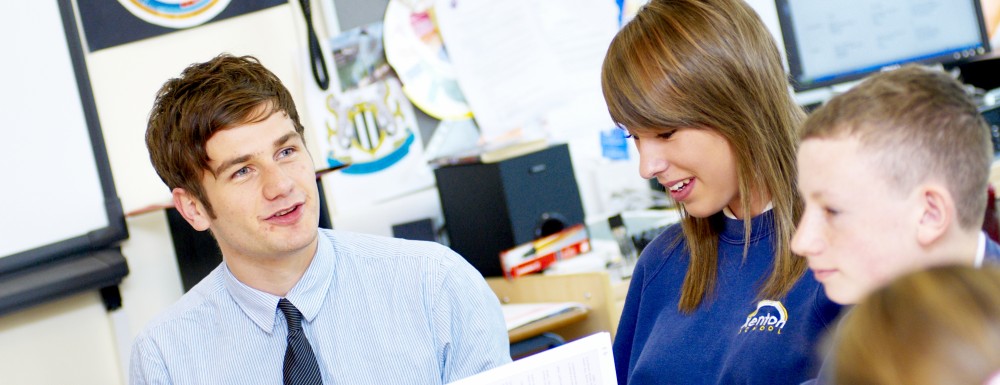My recently completed PhD (Clark, 2015) explored my 23-year long (meandering) academic journey through participatory research. I have always been interested in how we can do research differently by working in a more co-productive way. Participatory research in itself is not new, but it is certainly a hot topic. In my thesis I discussed the structural (and challenging) issues of arranging participatory research whilst recognising the value of it. In practice, as researchers, we are constrained (to a greater or lesser extent) by the needs of funders, and commissioners. The reality is that research is often not funded or designed to facilitate suitable methodologies for conducting research in a participatory way.
My early work offered quite a naive view that children and young people should be involved at all times at all levels, and like other researchers, relied on the simplistic ladder-type models of participation which were prevalent at that time. However, now I hold a more refined view that it is not always appropriate to involve participants at all levels and at all times. Throughout my work, I have been developing ideas on how visual methods in particular can be participatory and why visual research methods work based on the ideas of participation. Visual methods work is not new (see for example, Margolis and Pauwels, 2011; Rose, 2012), but is a recent emergence within educational research, with a growth of interest. Data can be created by the researcher, the participants, can be found or berepresentations. Visual methods produce and use a range of data including drawings, photographs, maps, cartoons, sketches, video, graffiti, models and graphical representations, and it is this breadth of choice which inspired me to apply such methods in my research. Much of this involves enhancing the traditional interview and focus groups through using visual items, such as photographs, pictures or diagrams to mediate interviews and discussions.
enhancing the traditional interview and focus groups through using visual items, such as photographs, pictures or diagrams to mediate interviews and discussions
I suggest that we can manage a research encounter with reference to visual methods and the added value that this can bring to participatory research. I first raised the question of whether certain methods are more appropriate to particular groups of participants and whether there is a benefit to using a range of methods over attempting to identify one successful method. What I have learnt is that participatory research it is not simply a matter of grafting a few new techniques onto a ‘traditional’ research process. Technique is not enough (Boyden and Ennew, 1997) but I would argue that the methods do matter, and can make a difference. No research is inherently participatory: it is largely through its application that research becomes participatory. Within education, student voice is understood as being central to this debate and the implication of the term that students are a homogenous group can take us down the wrong path and focus on ‘how to do it’ rather than a reflective review of ‘why we might want to do it.
In my thesis I articulated the benefits that visual methods in addition to participatory research can bring. The argument is based on the premise that by being participatory and inclusive we can seek the views of as wide a range of participants as possible. I agree with other researchers that participatory methods can produce ‘better’ knowledge than other techniques. By using visual methods then we are able to ask things in a different way, thus generating a combination of views from many different people. This in turn can generate different types of knowledge, leading to a more complete research process and therefore the research as a whole is better.
I believe we are not spectators in the world, but are active participants in the evolution of reality and much of my work is about the relationship between the way we interact in and with the physical world. How we do this is challenging, and I suggest that visual methods with participatory research can offer exciting places – and spaces – for knowledge creation and exchange. Participatory research with visual methods, I conclude, is a good vehicle for us to creatively explore lived experiences – and a wide range of subjective viewpoints – in a more collaborative environment than traditional research encounters.
References
Clark, J. (2015) The journey of researching on to researching with – theoretical and methodological challenges within educational research, PhD Thesis, Newcastle University.
Margolis, E. and Pauwels, L. (2011) (Eds.) The Sage Handbook of Visual Research Methods. London: Sage.
Rose, G. (2012) Visual Methodologies: An introduction to researching with visual materials. Sage, CA.
Taken from the BERA website.
Jill Clark is a Senior Research Associate and Business Development Director of CfLaT and has worked as an academic researcher for over 23 years. Although now working in the field of educational research, Jill has a background in Social Sciences research. Jill has extensive experience in the formulation of research design and methodology, and has specialist knowledge and experience of the application of qualitative research methods such as participant observation, and conducting in-depth, sensitive, interviews and focus group discussions. Her research interests have a strong focus on the experiences – and views – of young people and participatory research and visual methods are a growing passion. Projects (among others) include researching thinking and communication skills in prisons, a co-production policing research project and a JRF study of alcohol programmes in Scotland.
